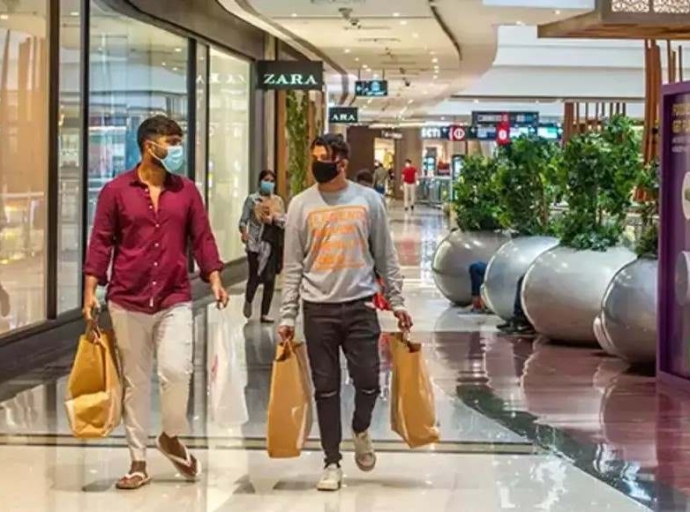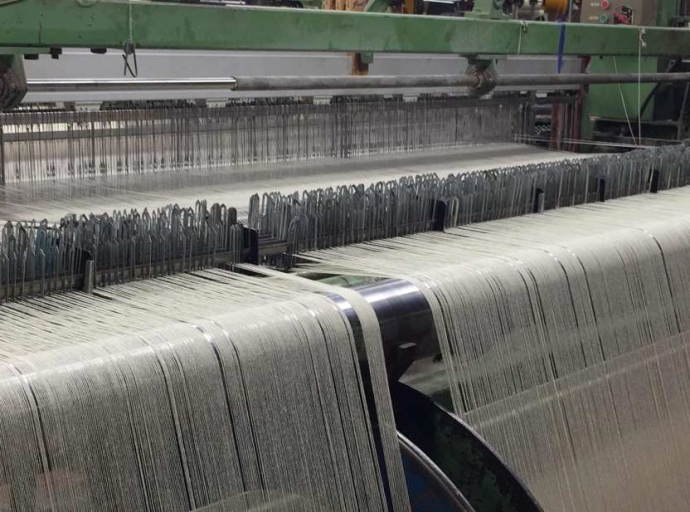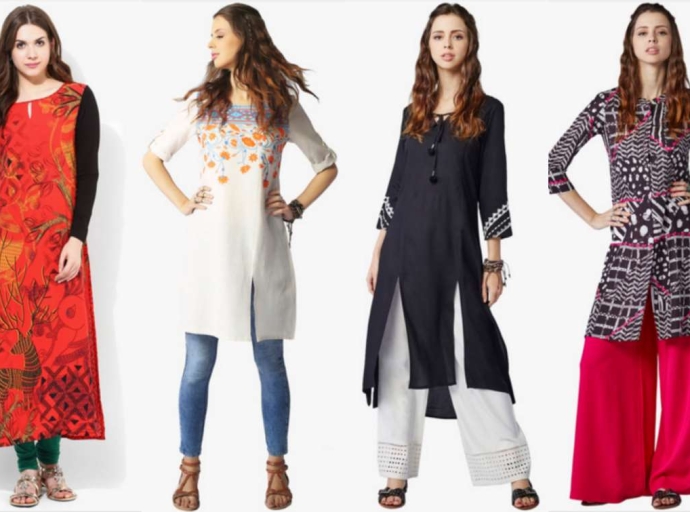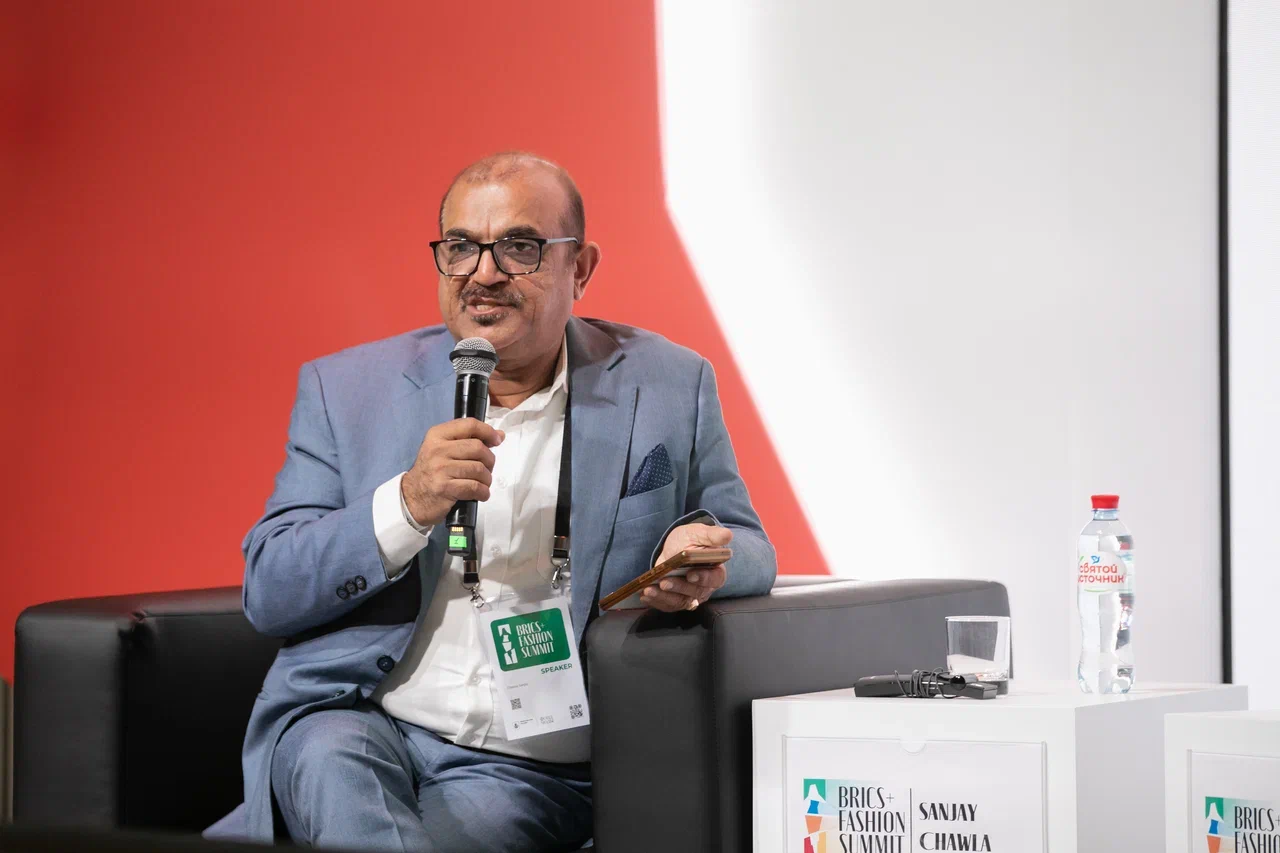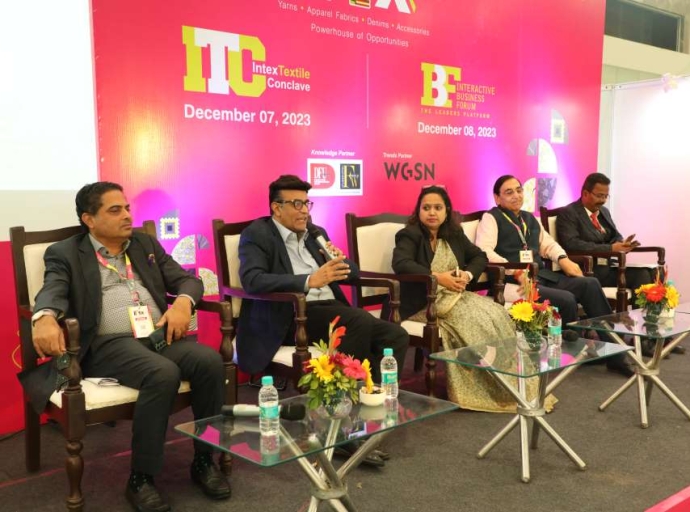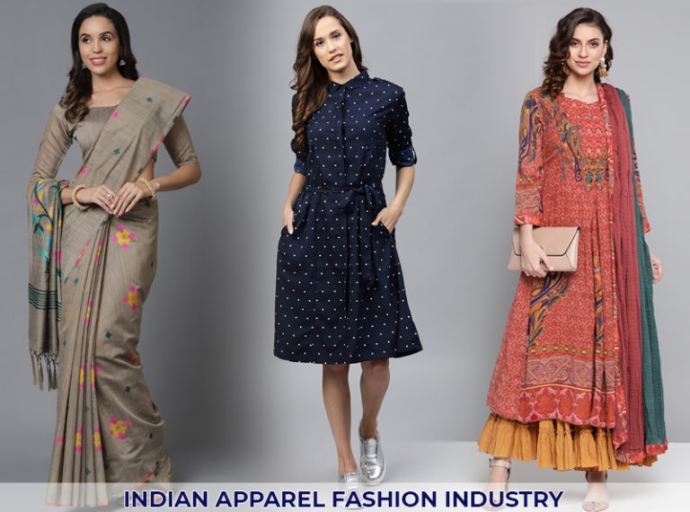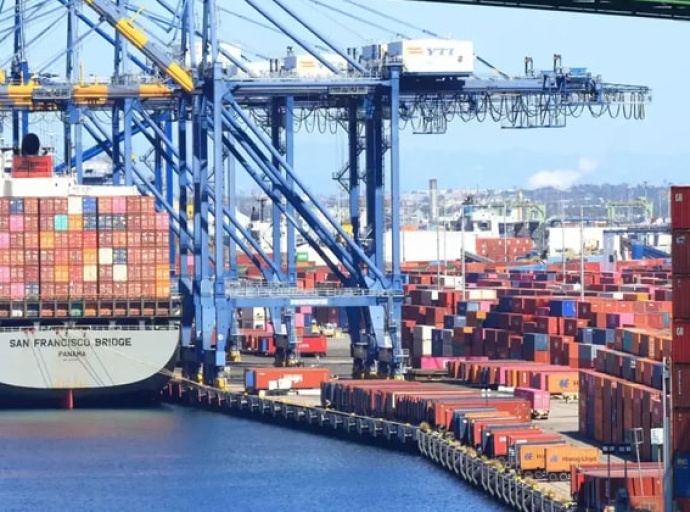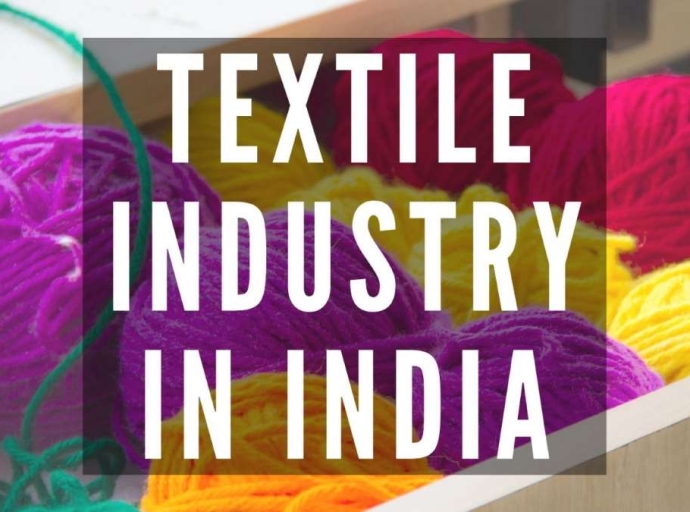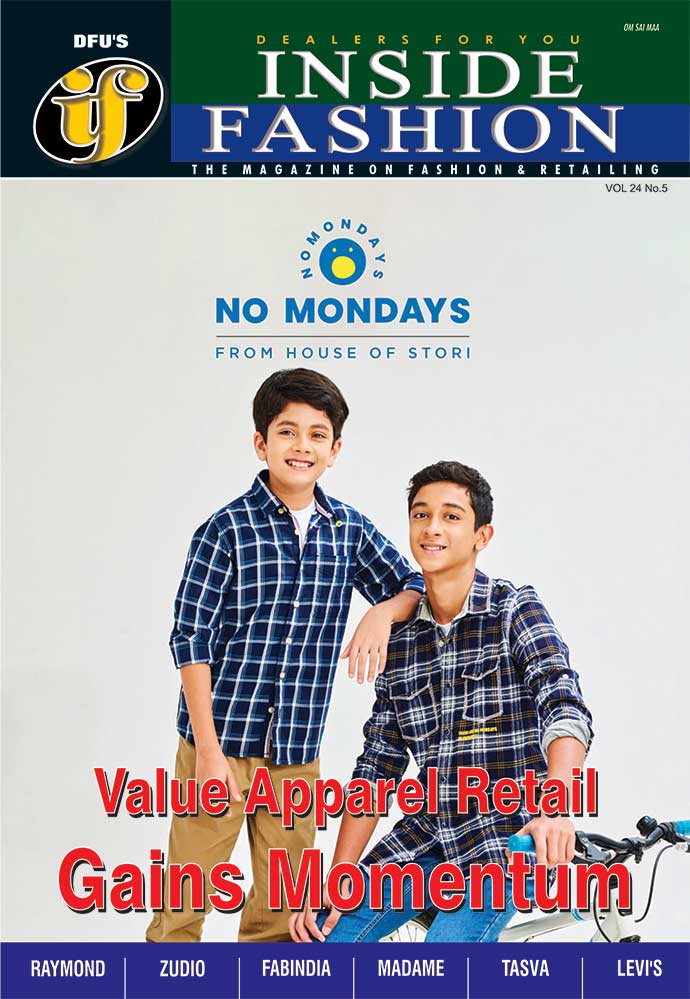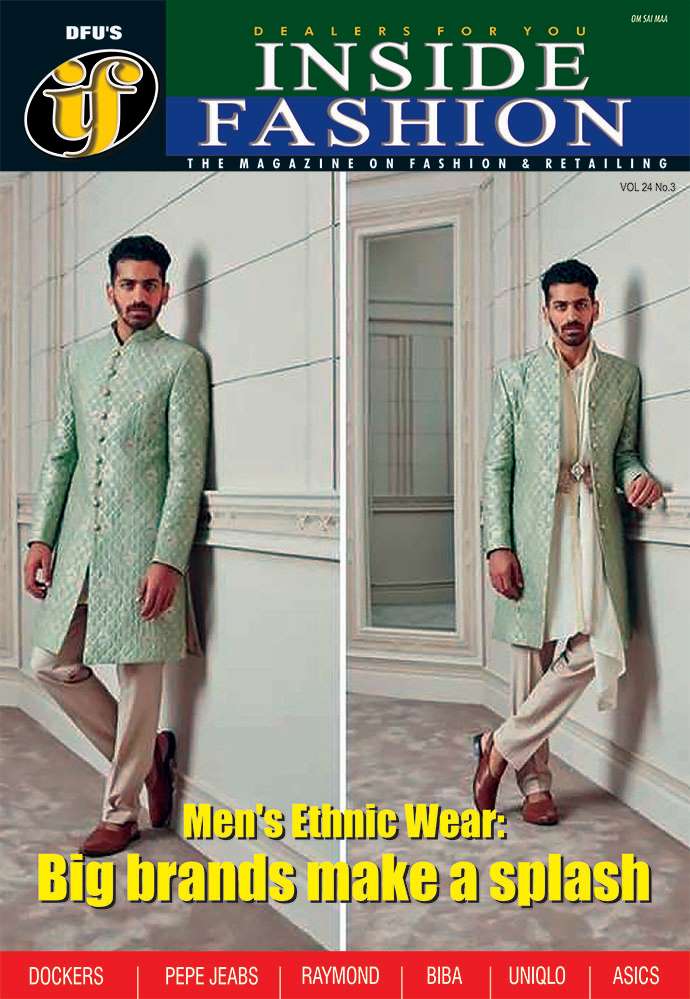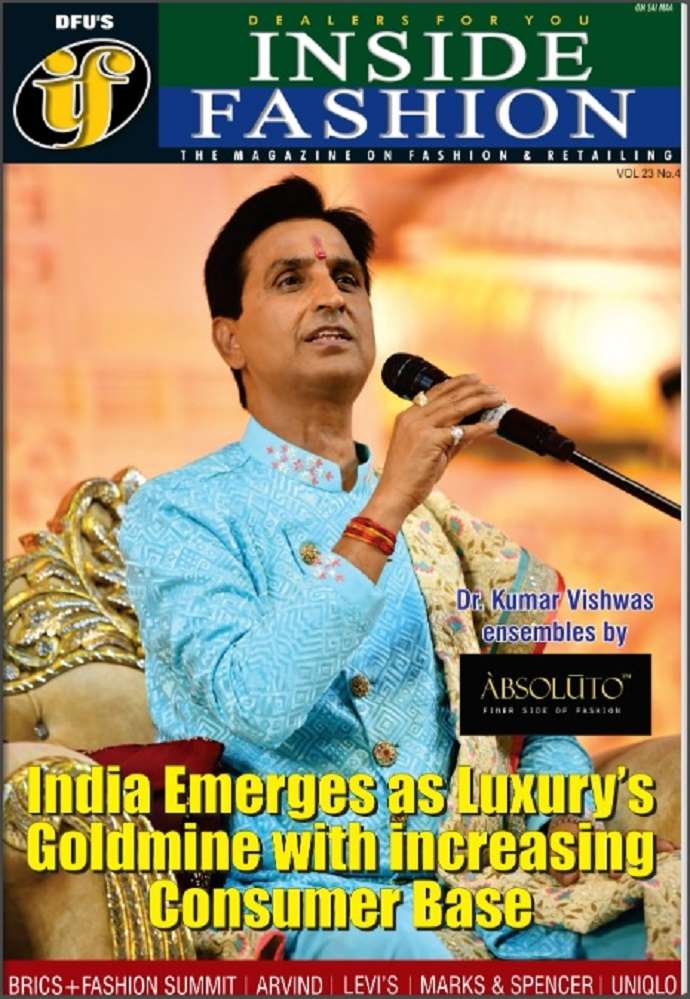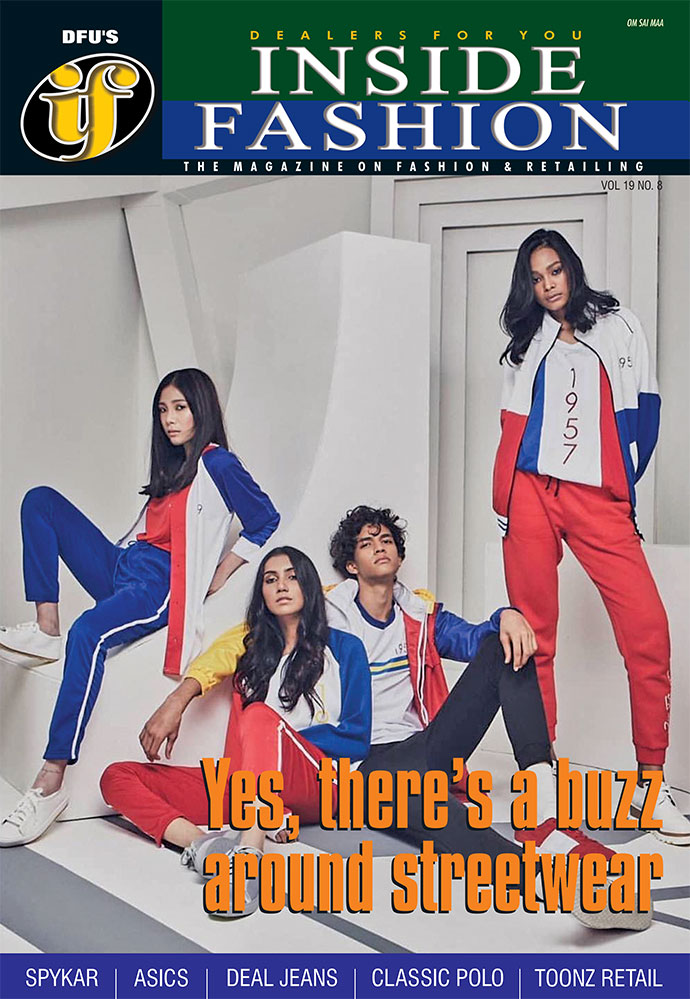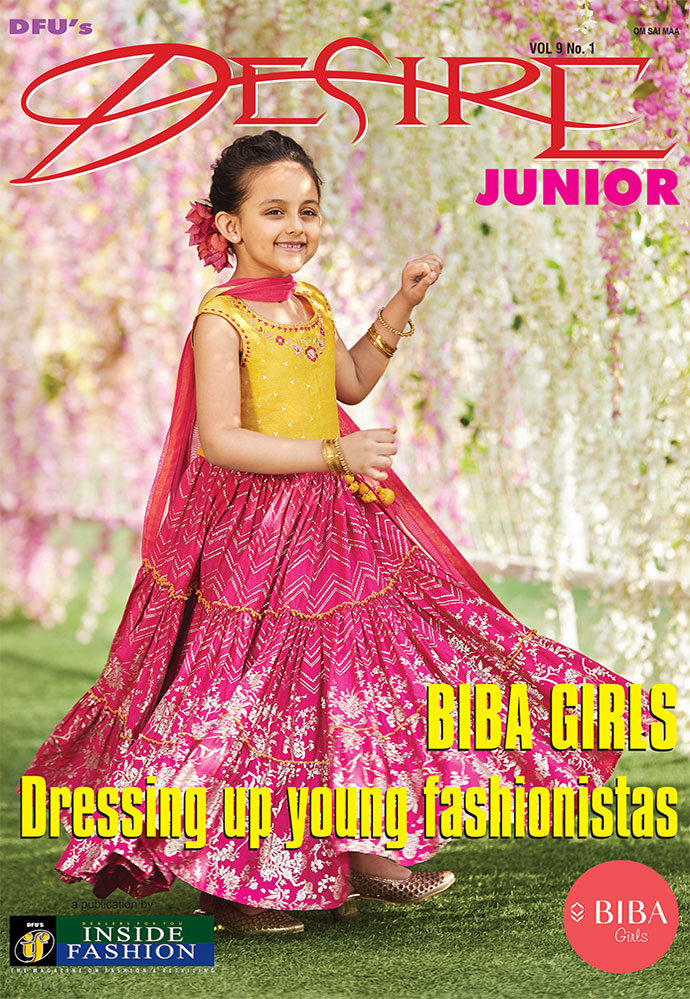22 December 2023, Mumbai
WHY India
In the bustling heart of the Intex India 2023 Exhibition, the Intex Textile Conclave unfurled a captivating narrative for the future of fashion.
Over two days, from December 7th to 8th, the conclave became the epicenter for industry leaders, experts, and enthusiasts, converging to reimagine the very fabric of the fashion and textile industry. DFU I FashionatingWorld was the "Knowledge Partner" for the conclave.
A Shift in Fashion DNA: "Fibres of Fashion: Reimagining the Future of Textiles"
The guiding theme, "Fibres of Fashion: Reimagining the Future of Textiles," set the stage for a profound shift from supply-driven markets to consumer-centric narratives. Sanjay Chawla, founder and editor-in-chief of DFU, set the tone by emphasizing a pivotal evolution: "The perspective has changed. It is now the fashion to fiber." In his presentation,
In "Weaving a New Narrative for Consumers," he emphasized the collective responsibility of the supply chain, fabrics, yarns, and fibers to deliver values aligning with evolving consumer choices, both aesthetic and functional.
Mapping the fiber landscape: "Fibres of Change"
Delving into the dynamics of India's fiber market on a global canvas, the "Fibres of Change" session provided a comprehensive analysis. Sanjay Jain, Chairman of ICC National Textile Committee, highlighted the strategic shift to blends, particularly polyester-cotton blends, as a response to soaring cotton prices.
A statistical presentation by Sarathy TG underscored the accelerated growth of fiber blends, proving their potential without compromising quality.
The cutting-edge "Fibres & Yarns of the Future "Intex Textile Conclave 2023 Theme Textiles Reimagined ignites the discussion
The conference navigated the future of fibers in the fashion industry with a lively panel discussion on whether traditional yarns and fabrics are losing their edge.
Dr. Deepti Gupta, Professor at IIT Delhi, moderated the session, emphasizing the critical role of cutting-edge developments in addressing challenges posed by changing consumer demands and sustainability concerns.
The fashion industry, she noted, stands at a crossroads, and fibers of the future will be instrumental in navigating this path.
Fusion of "Fabrics of Fashion & Functionality"
A captivating panel discussion explored the intricate dance of fusion and blends, unveiling how different fibers interact to create fabrics with enhanced aesthetics, luxurious feels, and specialized performance properties. From sportswear to activewear, the session delved into the benefits and applications of blending fibers.
Building bridges & beyond: Stakeholder collaboration for industry progress
Vijay Mathur, DG & CEO of ATDC, hailed the Intex Textile Conclave as an excellent platform for the entire textile value chain. The event not only provided a platform for stakeholders to voice concerns but also facilitated collaboration. Dr. Deepti Gupta moderated a session underscoring the need for collaboration to address industry-wide issues.
Sanjiv Mehan, Business Head at Nimble, a knitwear brand from Gini Filament, shared his enriching experience, stating, "It was indeed a very enlightening experience. I left an enriched professional with greater motivation and resolve to contribute to the fashion and textile industries."
The revolution at the loom: "AI X Textiles & Fashion Reimagined"
Looking beyond fibers and fabrics, the second day explored the transformative power of Artificial Intelligence. Vedant Ahluwalia, MD of Dataviv, delivered a thought-provoking presentation, urging the industry to embrace AI as part of its strategy for sustainable growth. "The time for textiles and fashion to embrace the AI revolution is now!" declared Ahluwalia.
In essence
The Intex Textile Conclave held at the Intex India exhibition ( Dec 07-09) wove together insights, innovations, and aspirations for the future of fashion.
From consumer-centric narratives to AI-powered revolutions, the discussions challenged and inspired, leaving participants with a renewed vision for the textiles of tomorrow.
The lead speakers included Sanjay Jain, TT Ltd., Ujwal Lahoti, Lahoti Overseas, Chandrima Chatterjee, CITI, HKL Magu, Past Chairman AEPC, Lakshmi Bhatia, Ravish Nanda, and Director Sourcing Benetton, among other industry leaders.
The event stood as a testament to the industry's resilience and adaptability, setting the stage for a dynamic and transformative future in textiles and fashion, not just in India but beyond.
5 Key Insights:
- Consumer Shift: From supply-driven to consumer-centric focus.
- Fiber Blends: Polyester-cotton rising due to cost and function.
- Future Fabrics: AI integration for sustainability and innovative blends.
- Fusion Fabrics: Enhanced aesthetics, feel, and performance properties.
- Stakeholder Unity: Collaboration key for industry progress and growth.
Latest Textile Events


